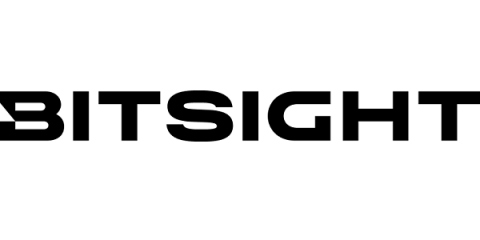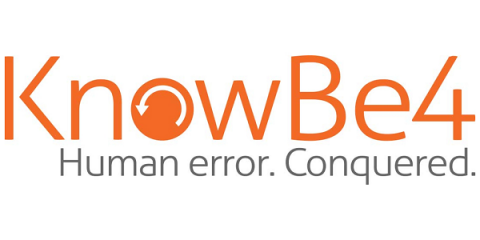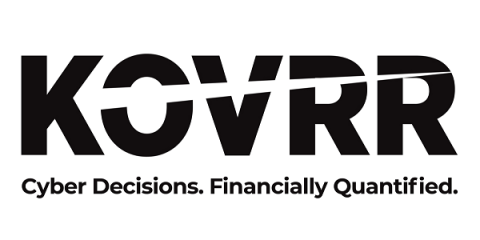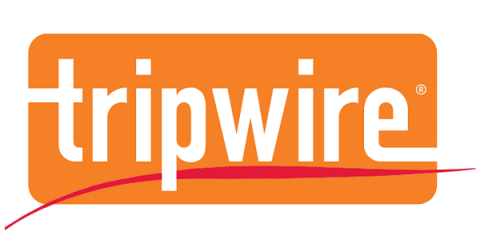7 Cybersecurity Frameworks That Help Reduce Cyber Risk (List & Resources)
While security ratings are a great way to demonstrate that you’re paying attention to the standard cyber health of the organization, you also need to show that you’re adhering to industry and regulatory best practices for IT security and making informed decisions for the long-term. A cybersecurity framework can help.








